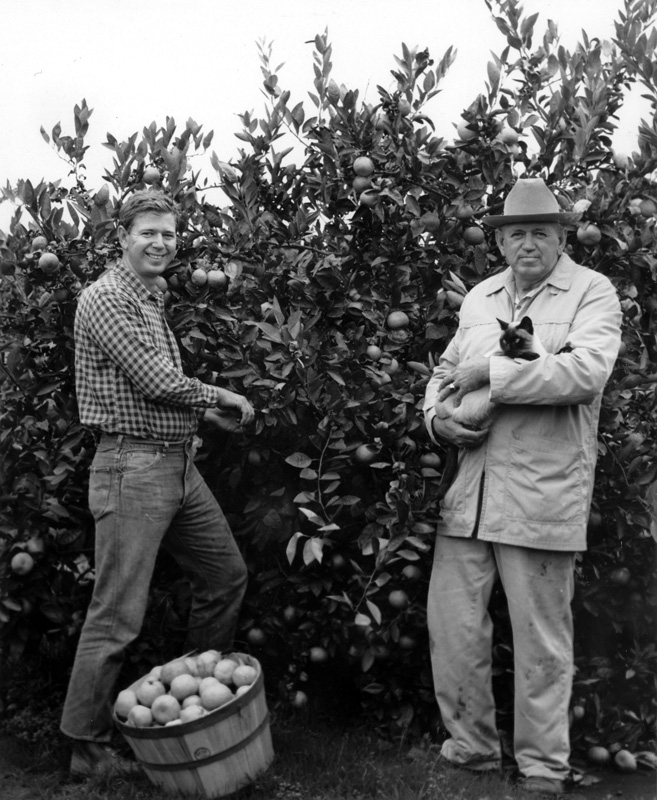Several types of citrus can be grown if adequate protection is provided. It is a healthy, joyful experience. Texans can plant lemons (Improved Meyer); oranges (Moro Blood, Sanguinelli Blood, Ruby Blood, N-33 navel, navel, Everhard navel, Skaggs Bonanza navel, Valencia, Marrs, Jaffa), mandarins or satsumas (Okitsu Wase, Seto, Miho, Dancy tangerine, Sunburst, Clementine tangerine, Page, Kishu, Kinnow), grapefruits (Rio Red, Henderson), Orlando tangelo and Temple Tangor.
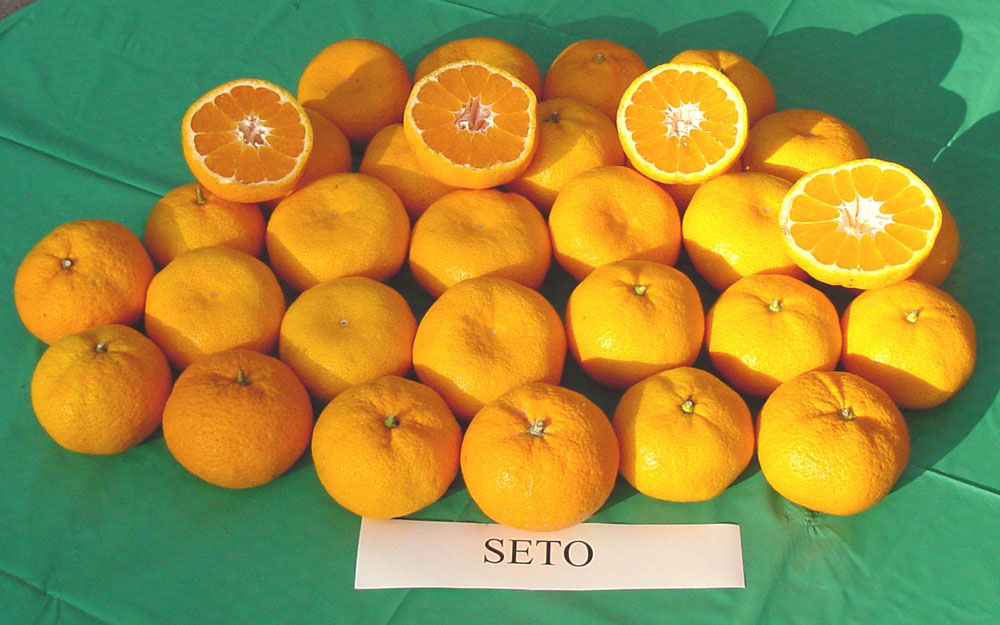
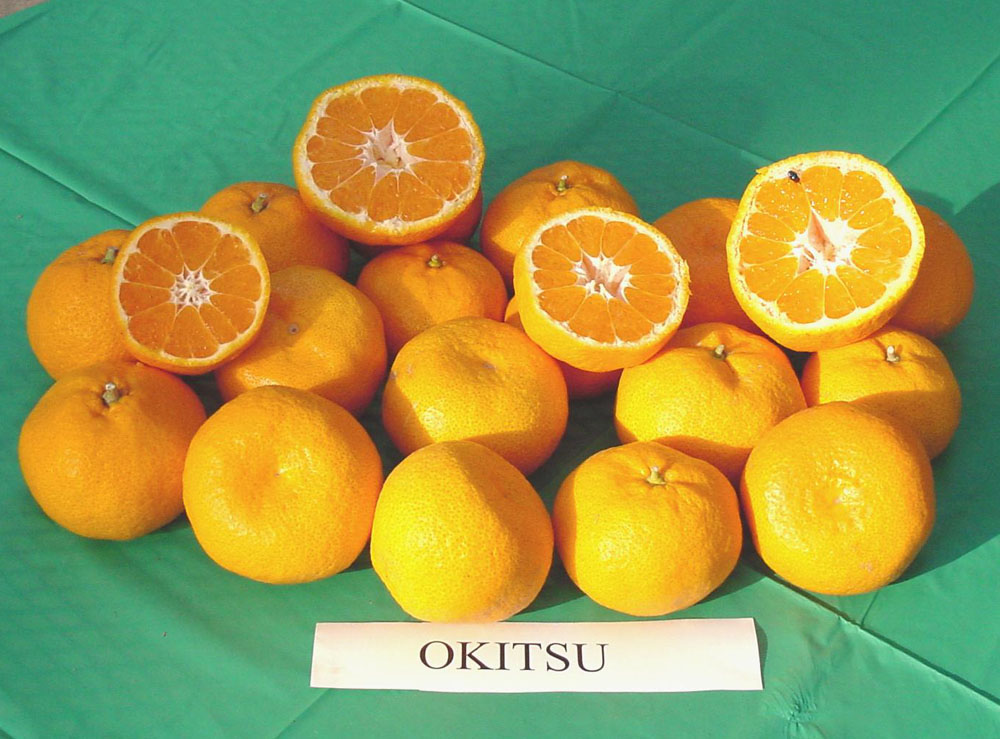
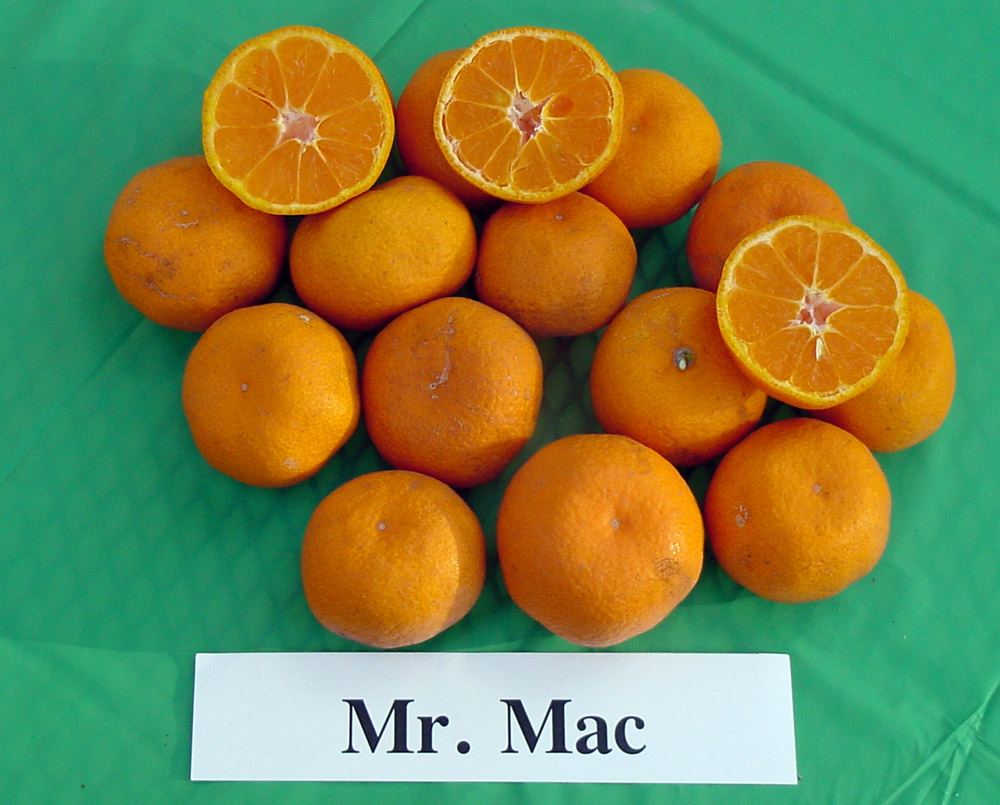
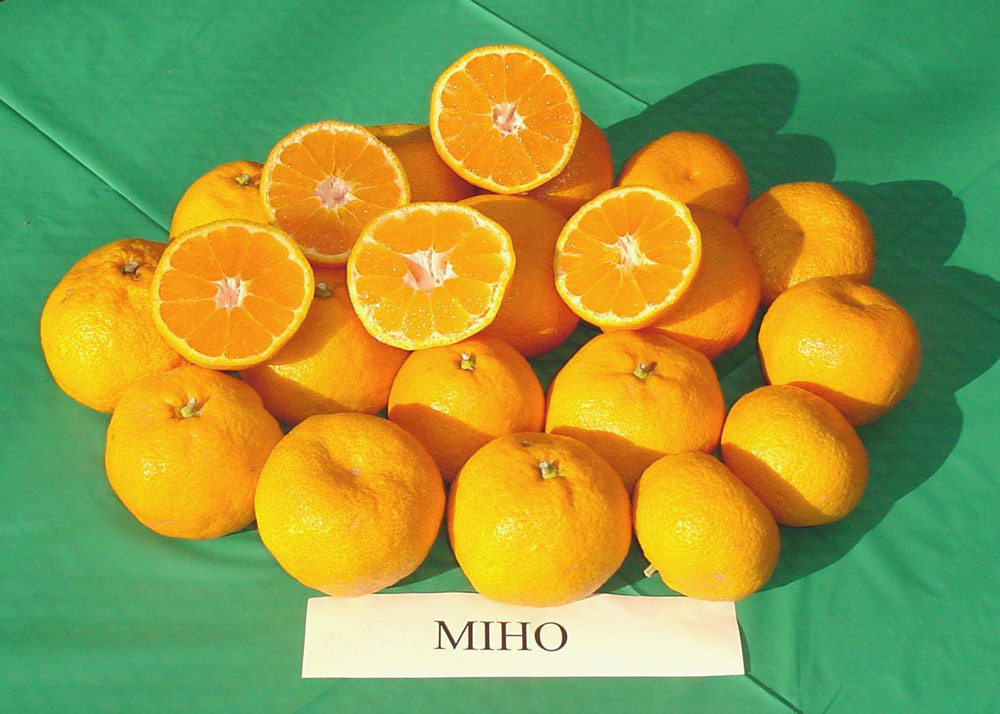
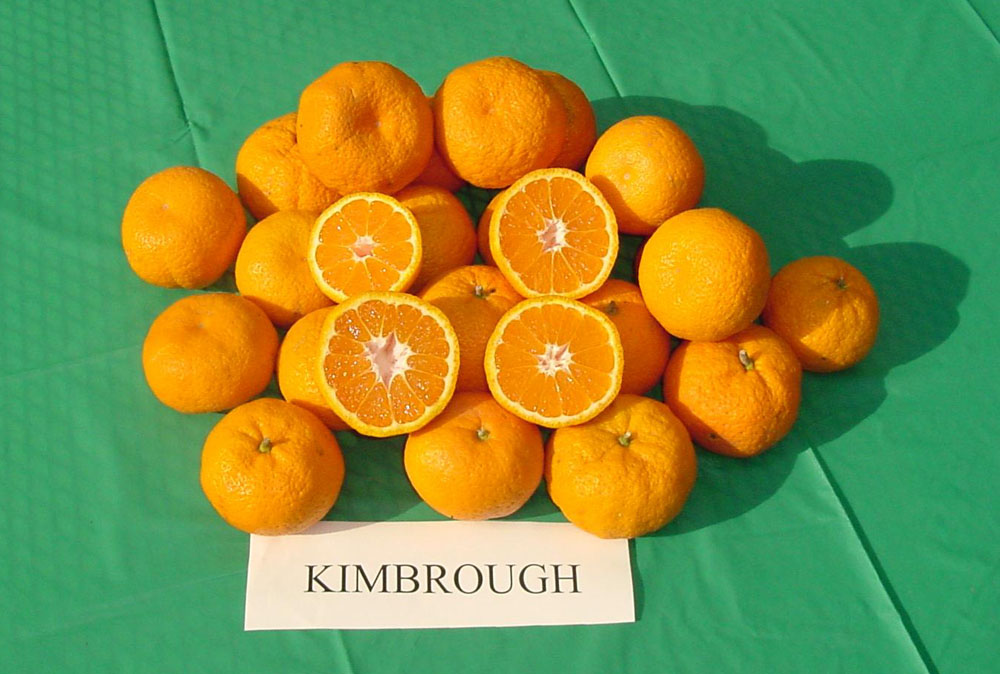
Satsuma mandarins (Citrus unshiu Marc.) are among the most cold hardy citrus varieties that have sufficient fruit quality for potential commercial marketing as well as for homeowners outside the typical citrus belt in the Lower Rio Grande Valley (Mortensen, 1983). Early-maturing, high-quality, cold-tolerant varieties of satsumas were obtained from Japan for evaluation in Texas. ‘Miho’ and ‘Seto’ are two such varieties developed from seed produced by controlled pollination of ‘Miyagawa’ satsuma (similar to ‘Okitsu’, which was introduced to Spain in 1983, starting its commercial spread in 1987, (IVIA, 1983)). ‘Miho’ and ‘Seto’ were obtained as seed from the Fruit Tree Research Station – Okitsu Branch, Obitsu, Shimizu, Shizuoka 424-02 Japan in November, 1984, and subsequently planted in containers in the greenhouse in December. Trees were grown on their own roots for 2 years before budding additional trees on sour orange (Citrus aurantium L.). ‘Miho’ and ‘Seto’ were first fruited in 1990. They were then propagated and tested in San Antonio and at the TAMU Research and Extension Center in Uvalde.
Original trees were grown from seed planted in 1984; thorniness is slight on young trees propagated from the original seedlings. Mature leaves are lanceolate and range in size from 12-16 cm long and 5-6 cm wide, with almost non-existent petiole wings, with ‘Seto’ leaves being the larger. ‘Seto’ leaves are oblong as opposed to elliptic for ‘Miho’. Budded trees are small to medium in size (3.0-3.7 m), with a low-growing, spreading habit (4.0-4.6 m). ‘Miho’ tends to have more upright branching, while ‘Seto’ branches tend to droop. Own-rooted trees are approximately two-thirds the size of budded trees.
The color of ‘Miho’ fruit (Fig. 1), orange group 25A, (Royal Horticulture Color Chart) develops in late summer and early fall; peel is smooth and thin and leathery. Fruit has been allowed to hang until early December but soluble solids indicate the fruit should be harvested around or just before Thanksgiving. Average fruit size is 9 x 4 cm, usually with 10 segments. The color of ‘Seto’ fruit (Fig. 2), orange group 25A, (Royal Horticulture Color Chart) develops in late summer and early fall; peel is notably smoother and thinner than other satsumas. The fruit is noticeably flat and hence packs extremely well. Fruit has been allowed to hang until early December but soluble solids indicate the fruit should be harvested around or just before Thanksgiving. Average fruit size is 10 x 3 cm, usually containing 11 segments.
Fruit of both cultivars are as large as ‘Armstrong Early’ and ‘Obiwase’, with the same maturity period, but with fewer seeds (Table 1). Peel color, flesh color and peel adherence are similar to other satsumas in Texas.
‘Miho’ and ‘Seto’ were compared to other satsumas (‘Okitsu’ and ‘Kimbrough’) at the TAMU Research and Extension Center in Uvalde. Trees were either grafted onto sour orange or grown on their own roots. Two-year-old container-grown plants were planted at the TAMU Research and Extension Center in Uvalde in May, 1996. Trees were planted 3 meters apart in rows 6 meters apart. The soil is a high pH (8.2) Uvalde silty clay loam. Trees were initially watered with drip irrigation which was later converted to micro-sprayers. Trees were protected using a “dry” cedar mulch in the winters of 1996 and 1997. The entire trees were covered these 2 years. In 1998, the trees were not covered and a low of 16¡F was recorded. Some leaves were lost, but for the most part the wood was not damaged. Trees were undamaged by 20 F and 21¡F in January, 1999. The trees set their first crop in 1999, followed by crops in 2000 and 2001. Little pest management has been needed to date, although there were early tree losses to termites and cut ants. Weekly irrigation and good weed control have been the main management to date. Fruit were harvested on a per tree basis with yields recorded in pounds per tree.
‘Miho’ and ‘Seto’ — New High Quality Satsumas for Texas pdf document; opens in new window
The ‘Mr. Mac’ Satsuma
Murphy W. McEachern as County Extension Agent for Plaquemines Parish, Louisiana from 1945 to 1974 was instrumental in re-establishing the parish citrus industry of 1,000 acres following major freezes in 1952, 1957, and 1963. This was in cooperation with Leander H. Perez and the Plaquemines Parish Commision Council who paid 50% of the cost of every tree planted. Small family orchards of 1 to 10 acres were planted along the Mississippi river south of New Orleans for 70 miles on the west bank and 34 miles on the east bank of the river.
The varieties planted were Washington Navel and Owari Satsuma all on Trifoliate rootstock. Most of the trees were obtained from Abe Robinson Nursery in Baldwin County, Alabama near Mobile. Trees were planted on raised beds to move the 60+ inches of rain to drainage ditiches on every acre. The alluvial soil was fertile and the trees produced heavy yields. The quality was outstanding due to the northern location with warm days and cool winter nights.
Fruit was marketed on roadside stands, the French Market in New Orleans, or to jobbers who sold to stores in south Louisiana. The ‘Mr Mac’ satsuma was selected as an outstanding old line Owari clone and named to recognize the work Murphy W. McEachern did in maintaining the Plaquemines Parish citrus industry, which has continued while others in Alabama, Mississippi, and Texas Gulf Coast went out of business.
“Mr Mac” as he was called by growers and friends, conducted an outstanding Citrus Extension Educational Program for growers, and he also carried parish growers to Florida each year to participate in their annual Florida Citrus Growers Institute. “Mr Mac” was instrumental in establishing the Plaquemines Parish Orange Festival at Buras, LA with growers entering their fruit in competition and building beautiful citrus booths representing each orchard family. Few individuals have influenced a local industry as Murphy W. McEachern did for the Plaquemines Parish Citrus Industry.
George Ray McEachern,Professor of Horticulture
Texas A&M University, College Station, TX 77843
February 11, 2004
Calamondins
Additional information on calamondins.

